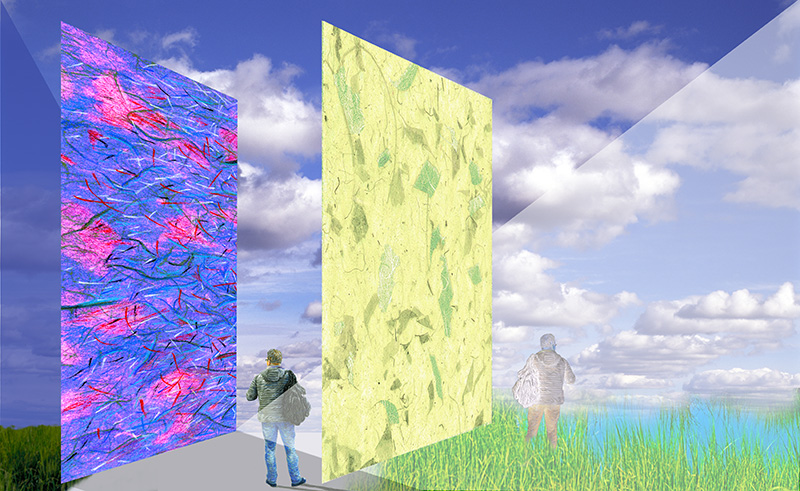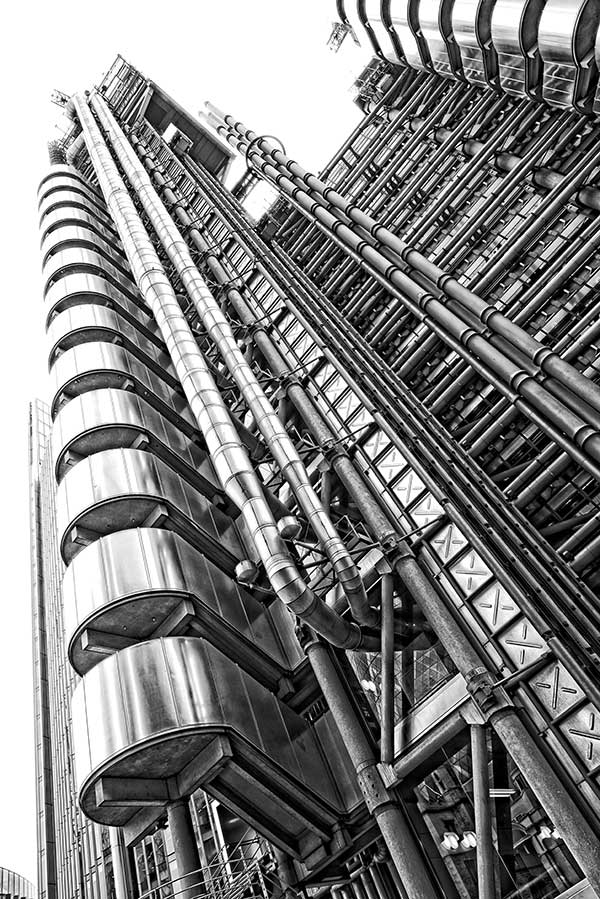Duality by Daniel Heller
Mediums of art
Mediums of art context: The context of every work of art includes the genesis of the work of art, the artifact or work of art, which is a publicly available object or thing made by the artist and viewed by the audience and the effects of the work of art upon the audience
The genesis of the work of art – This includes all the factors that led to the creation of the work of art such as artist intention, socio-economic conditions of the time etc.
The artifact, or work of art, which is a publicly available object or thing made by the artist and viewed by the audience – In ordinary usage, as well as the usage of most philosophers of art, the work of art is identified with the physical artifact, as it exists in the physical medium.
The effects of the work of art upon the audience -This includes all the effects of the work of art upon those who experience it.
A classification
The fundamental method of classifying the arts is by their mediums.
Visual arts
Visual arts are two-dimensional arts such as paintings and drawings, as well as three-dimensional arts such as sculpture and architecture. These arts appeal first and foremost, though not exclusively, to the sense of sight, and an artifact is an object in the visual medium. All the visual arts are also spatial arts or arts of space. In spatial arts, the entire work of art is present simultaneously; attention to the parts of it is successive—it is impossible to concentrate on the whole at once, at least on first viewing—but the entire object is nevertheless there, and it is up to the viewer which part he shall examine first. In three-dimensional art, such as sculpture and architecture, the entire object is present, but it is impossible to even to see (much less to look at) all of it at once: the back of a statue cannot be seen at the same moment as the front and the exterior of a cathedral cannot be viewed by someone inside it.
Auditory art
Auditory art is music except for songs or opera. While the medium of visual art is sound, the medium of auditory art is sound. In this group, there are no real objects that can be viewed and or touched. “…Unlike the existence of paintings and sculptures, the existence of musical sounds is intermittent. In what sense, then, does the music exist between performances? It exists only in the sense that it is reproducible from the written score…”(Britannica).
Music is a temporal form of the arts, or arts of time.
Verbal art
Verbal art is literature. In this medium, the sound values in poetry, particularly when read aloud, is paired with the knowledge of the meanings of the words heard. The importance in literature of knowing the meanings of the words is paramount in verbal art. “…It is almost exclusively a knowledge of word meanings that makes it possible to appreciate the art of literature…” (Britannica).
Literature is a temporal form of the arts, or arts of time.
Mixed arts
Mixed arts combine the above three types of arts. This group is the art of performance. “…Drama combines the art of literature (verbal art) with the visual arts of costuming, stage designing, and so on. Opera combines the art of music (its predominant component) with the art of literature (the libretto) and the visual arts of stage design. Dance combines the visual spectacle of moving bodies (the principal component) with musical accompaniment, sometimes with accompanying words and often with stage design. Song combines words with music. The motion picture combines the visual component (a series of pictures presented in such rapid succession that they appear to be moving) with the verbal component (the script) and usually an intermittent musical background as well.
Temporal arts
All the visual arts are also spatial arts or arts of space. Music and literature are both temporal arts or arts of time. This leads to very great differences in the things each can do. In temporal arts, the parts do not appear together before the audience but appear successively in time, the second moment not beginning until the first one has finished. In spatial arts, the entire work of art is present simultaneously; attention to the parts of it is successive—it is impossible to concentrate on the whole at once, at least on first viewing—but the entire object is nevertheless there, and it is up to the viewer which part he shall examine first. In three-dimensional art, such as sculpture and architecture, the entire object is present, but it is impossible to even to see (much less to look at) all of it at once: the back of a statue cannot be seen at the same moment as the front and the exterior of a cathedral cannot be viewed by someone inside it.
Temporal arts must be attended to in a certain order: it is impossible to hear the symphony played backward, or the drama, or the movie; even when technically it can be done (as in running a motion picture in reverse), the results usually are an aesthetic catastrophe. The recipient is supposed to attend to the temporal work’s various parts in an order predetermined by the artist. For this reason, painting is not capable of telling a story in the way that a novel is, for a story is a series of temporally successive happenings.
This article is paraphrased from Britannica’s “The Mediums of art”
Suggested reading
Art 101: Definitions
Seven elements of art
What is a medium in art









